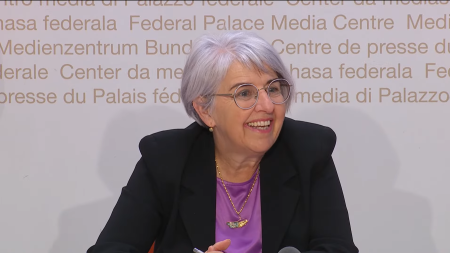How Compassana and the electronic medical record (Gesundheitsdossier) stand to benefit from each other
Switzerland is making great strides towards establishing a digital healthcare system: the new electronic medical record (elektronisches Gesundheitsdossier – EGD) is about to replace the electronic patient record (elektronisches Patientendossier – EPD). Compassana complements the EGD by providing a practical platform that records and makes medical data accessible for everyday use by patients and healthcare professionals.

Digitalisation is changing the Swiss healthcare system from the ground up. There are two key elements to this: the electronic medical record (EGD) – which is the next iteration of the electronic patient record (EPD) – and Compassana, which is not only a digital ecosystem, but also a digital healthcare platform.
Both providers, the federal government and Bluespace Ventures, are pursuing the goal of increasing the efficiency of the Swiss healthcare system while simultaneously enhancing the exchange of information and the quality of treatment. Compassana and the EGD are similar in that they both have the same purpose and complement each other in terms of application.
Brief sidebar: how does the EGD differ from the EPD? From now on, people living in Switzerland will automatically receive an electronic version of their medical records. Those who do not wish to have one will have to object to it actively. All healthcare professionals who charge for their services via health insurers, the disability insurance office (IV) or military insurance are required to participate in the medical records system. From a technical point of view, the system will be centralised: rather than having several independent EPD platforms, a uniform solution featuring standardised interfaces is being developed that will combine all relevant medical data for each individual. This is the plan recently unveiled by the Swiss Federal Council, which is set to be implemented as of 2029.
The basic idea behind the EPD thus remains unchanged: medical documents such as doctors’ reports, laboratory results and discharge letters will also be stored in the EGD and – with the consent of the individual in question – made available to healthcare professionals.
Compassana has always been several steps ahead: relevant and up-to-date data for treatment teams is identified and retrieved from the vast amount of medical information available at various healthcare facilities and from patients themselves. And precisely when it is required to make medical decisions. The Compassana app offers patients a variety of useful additional features, including a symptom check, the option to repeat medication orders, renew prescriptions, book appointments in addition to an insurance guide and secure messaging with healthcare professionals. And last but not least, we are confident that the digitalisation of the Swiss healthcare system will succeed only if we work together. Recognising this early on, the partners set up a strong group of top service providers and major health insurers, which ultimately led to Compassana being established. Everyone in Switzerland, including patients and healthcare facilities, is welcome to partner with the Compassana ecosystem and use its associated platform and tools.
To sum up:
The electronic medical record and Compassana share the same goal: better, safer and more efficient healthcare. The EGD provides the technical and legal basis, as well as serving as a physical platform. Compassana, meanwhile, functions as a health ecosystem that complements the EGD, offering specific digital solutions for everyday life. Together, they enable greater transparency and more streamlined processes, creating a more connected healthcare system that benefits both patients and professionals alike.


